Sora, an AI video creation model, has left its quiet research laboratory and is now taking a rather confident stroll into the public domain. Made by OpenAI (the same people who made ChatGPT) after months of refinements, experiments, and whispered chatter among tech insiders, this text-to-video platform is stepping beyond preliminary tests and landing squarely on its own dedicated website. The move suggests a shift from abstract research to hands-on video generation that, while not perfect, gives everyone—both casual tinkerers and more serious creators—a chance to see what the future of AI-driven filmmaking might look like.
A New Approach to Video Generation
The team behind Sora has rolled out a fresh version called “Sora Turbo,” which is reportedly quicker and more reliable than earlier prototypes. This model claims the ability to transform simple text prompts into short, shareable clips, enabling users to produce videos that can flirt with realism, though still sometimes stumble over complex actions or more elaborate scenes. Today’s announcement isn’t just about a newer algorithm; it’s about showcasing a practical, evolving system that can simulate worlds, craft narrative arcs, and allow users to introduce their own images or video clips into the mix.
Read Also: OpenAI Unwraps ’12 Days of Shipmas’ with Mystery AI Gifts
Tools for Creative Storytelling
This release includes a streamlined interface and a storyboard tool, offering something beyond raw algorithmic prowess. Users can fiddle with resolutions, choose from multiple aspect ratios, and tap into creative storytelling tools that help isolate frames, create loops, and blend content. There is a certain appeal here: it’s not just about producing flashy visuals, but about orchestrating meaningful stories—even if these stories sometimes lean into surreal or unpredictable territory.
Balancing Innovation and Responsibility
The developers have incorporated measures to keep things in check. Features like visible watermarks, metadata for transparency, and careful restrictions on generating realistic human appearances at launch reflect a cautious approach. They’ve openly admitted imperfections, especially around “realistic video synthesis,” and are encouraging a community-driven dialogue to develop responsible video generation norms.
Accessibility and Pricing
For those curious but not flush with spare change, Sora is included as part of some existing subscription plans at no extra cost. Heavier users can opt for a Pro plan with more generous allotments, higher resolutions, and longer durations. Such flexibility indicates that the team understands the need to cater to multiple audiences, from hobbyists to professionals, who will likely test Sora’s abilities to their limits.
Read Also: How old is your Gmail account? Check the exact date when you created
A Cautious Step Into the Spotlight
Sora may struggle with certain tasks and remain somewhat cost-intensive on a grand scale, but it’s willing to face the public now rather than wait for a utopian moment of perfection. Given the speed of AI development, lingering quirks feel inevitable. The product’s release signals a shift: a willingness not just to dazzle, but to iterate openly in front of watchful eyes.
At this stage, Sora feels less like a triumphant finale and more like a dress rehearsal—promising in places, patchy in others. But in a field where progress often arrives packaged in caveats, at least it’s showing up on stage, lights on, and ready to learn from the audience.

![Online Shopping Reached New Highs in 2024 [Infographic]](https://imgproxy.divecdn.com/kCw9rTPPHoCqXkkL4Bt8p7eohxOuRs6iXsDK03Fxr_8/g:ce/rs:fit:770:435/Z3M6Ly9kaXZlc2l0ZS1zdG9yYWdlL2RpdmVpbWFnZS9vbmxpbmVfc2hvcHBpbmdfc3VyZ2UyLnBuZw==.webp)
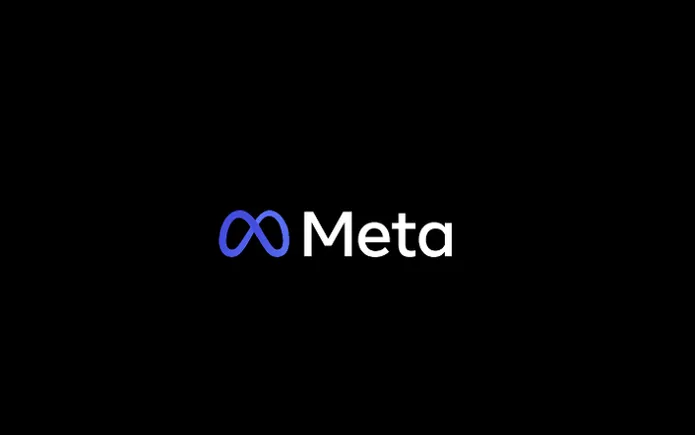
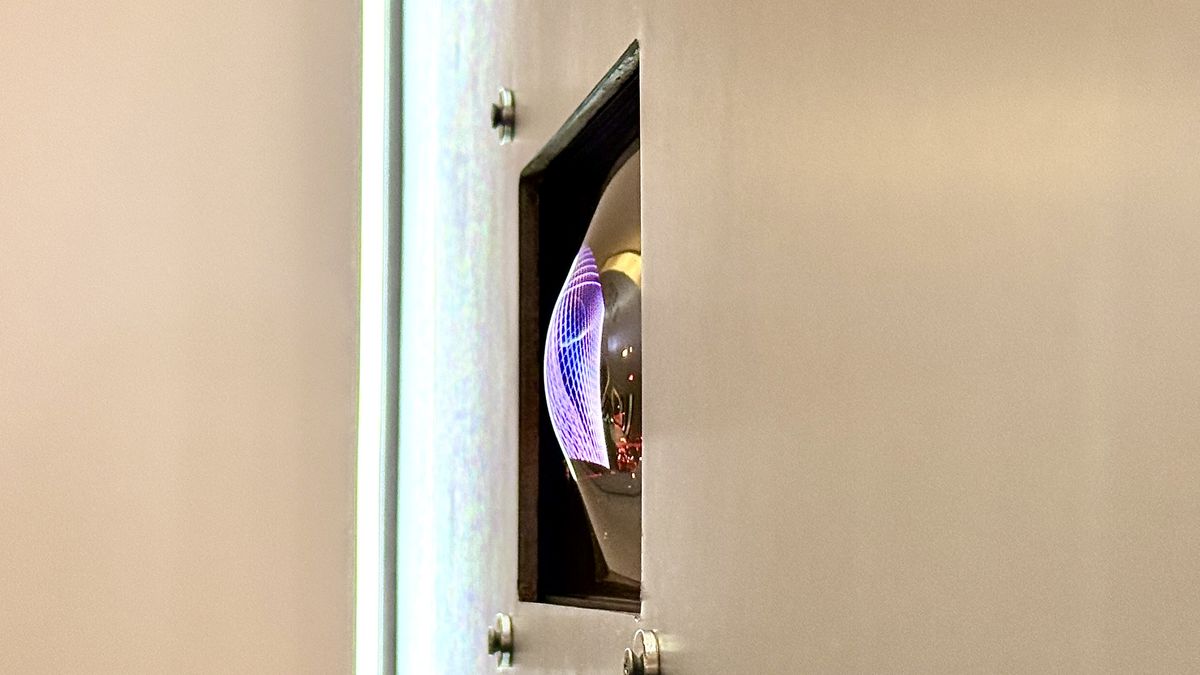


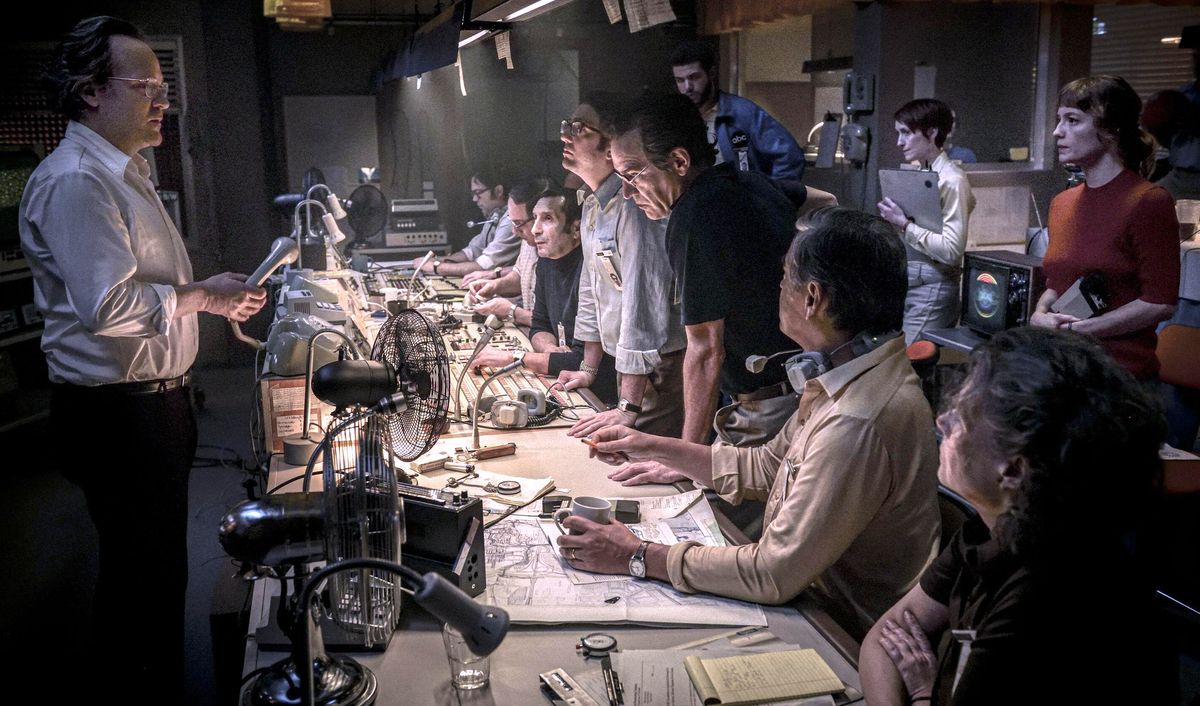
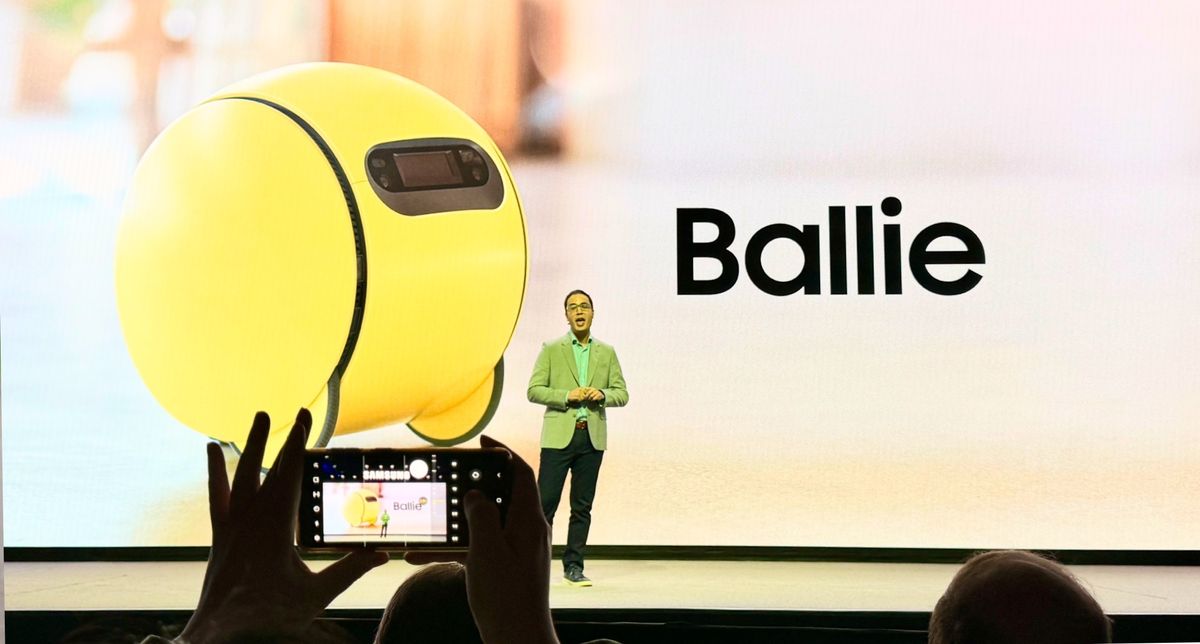
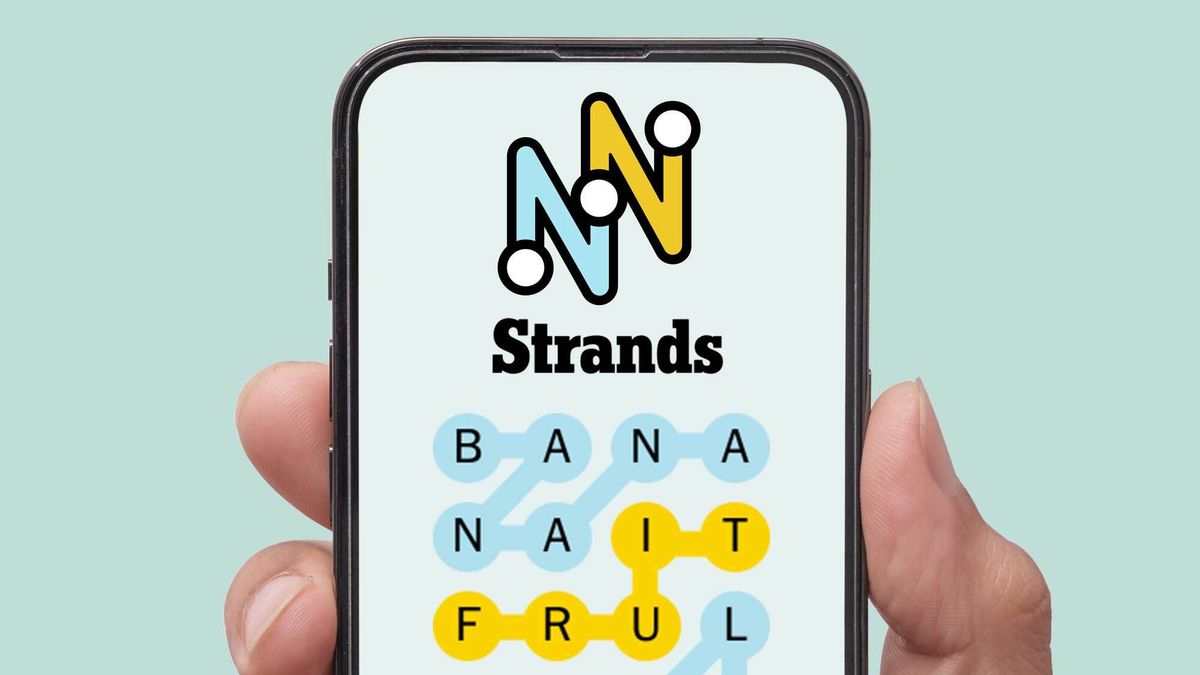
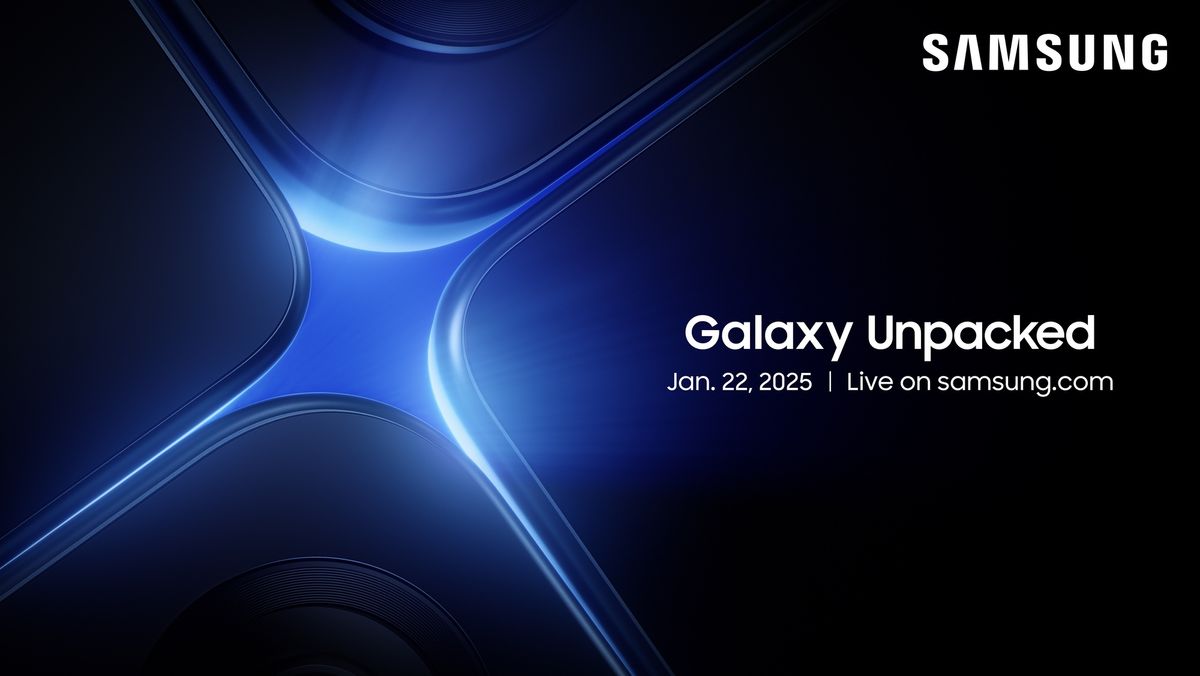
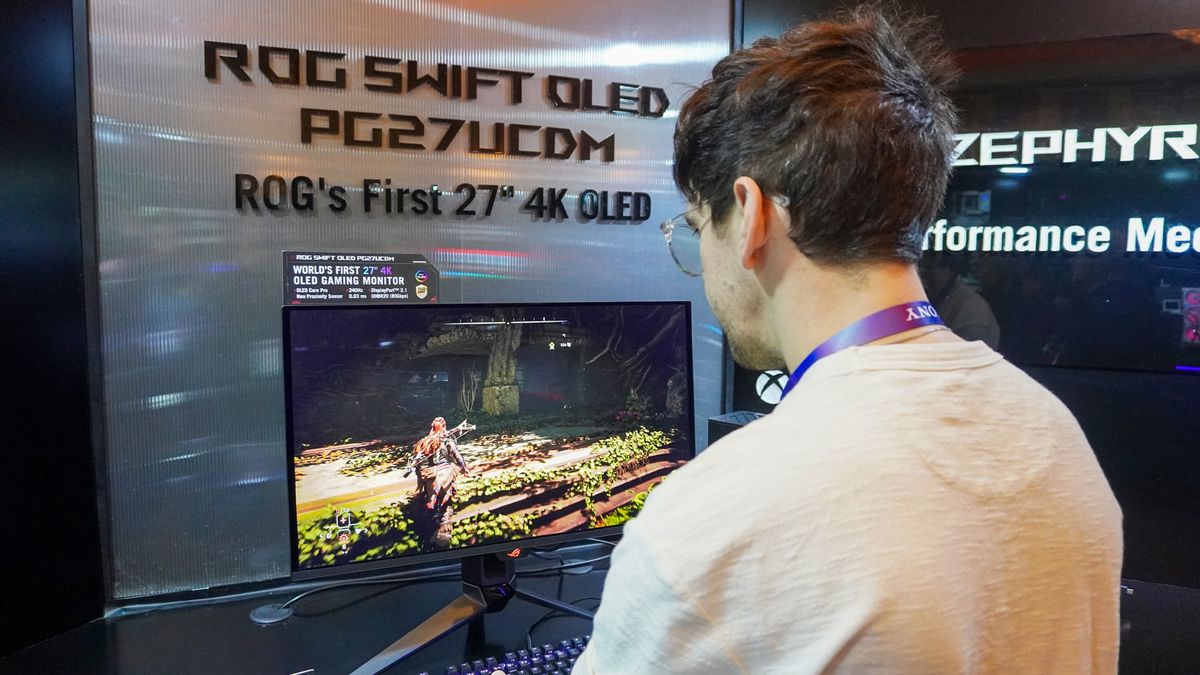
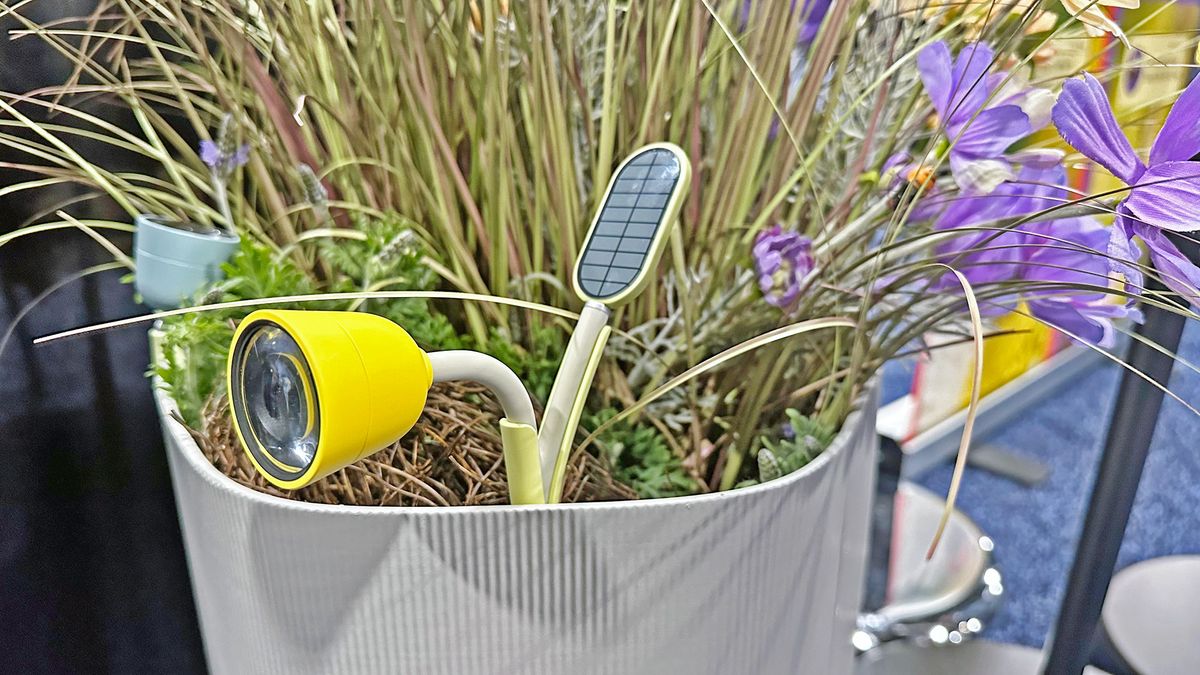





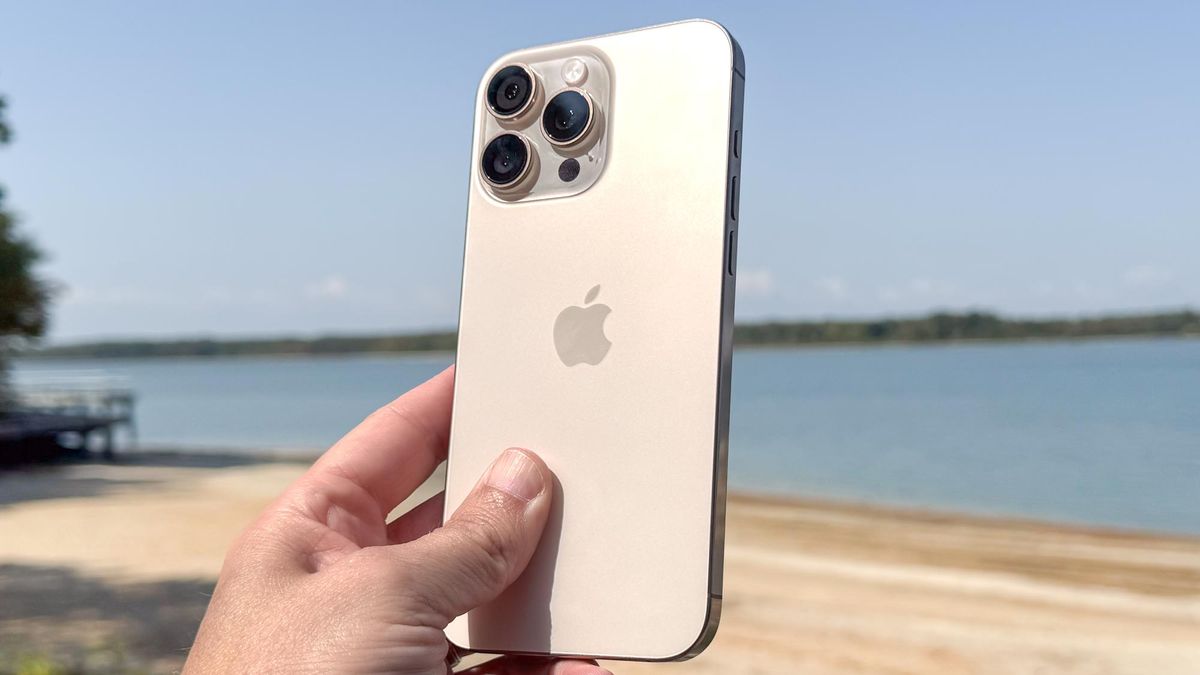

)
 English (US) ·
English (US) ·